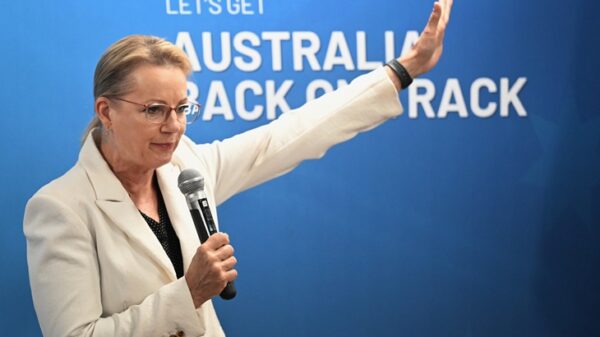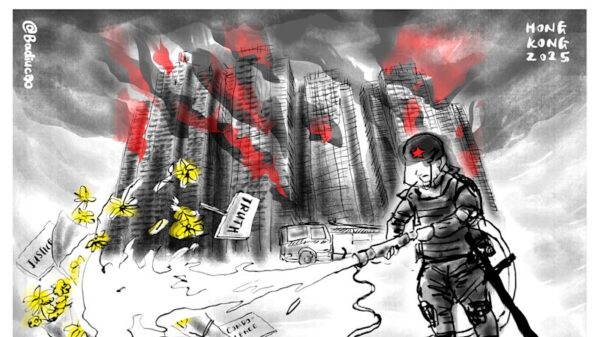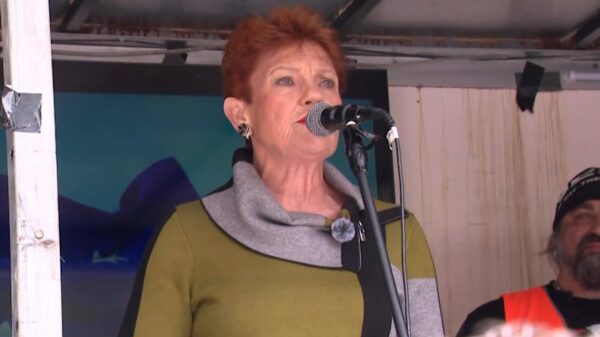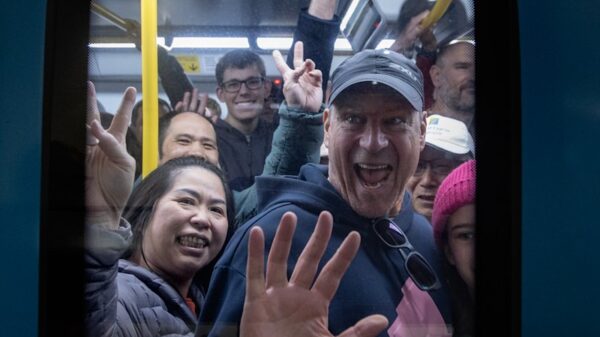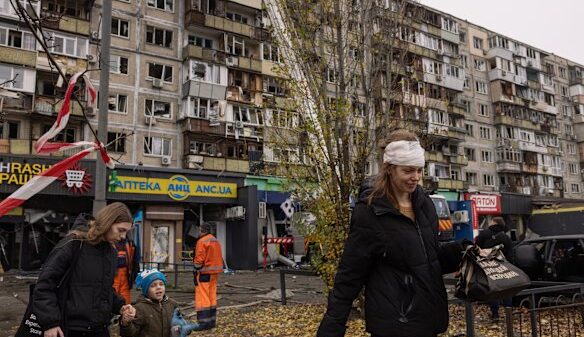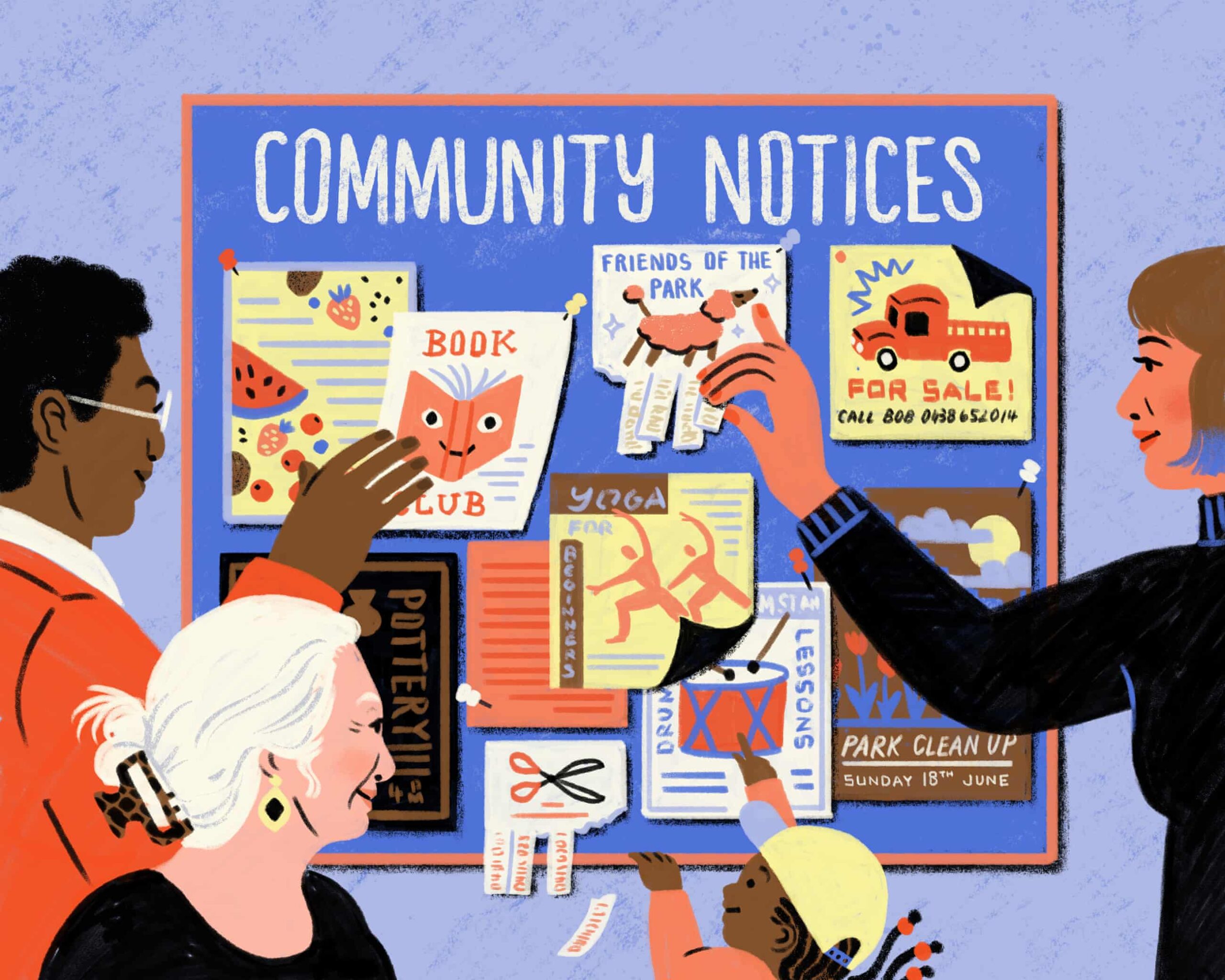In 2025, Australians are increasingly seeking ways to reconnect with their communities as social isolation becomes a pressing issue. Many citizens are turning to local activities, such as community lunches and volunteering, to foster connections that have declined over the years. Research indicates that nearly one in three Australians report feeling lonely, highlighting the importance of finding social networks to combat this trend.
The roots of these concerns can be traced back to Robert Putnam’s influential book, *Bowling Alone*, published in 2000. Putnam highlighted a decline in civic participation, noting that individuals were retreating from community organizations. His warning resonated not only in the United States but also in Australia, where civic engagement has similarly diminished. Today, Australians are attending fewer community activities and experiencing increased political polarization.
Despite these challenges, Hugh Mackay, a social psychologist at the Australian National University, notes that the desire for connection remains strong. “We are born to connect, but lonelier than ever,” he states. This paradox suggests that while people crave social interaction, the avenues for achieving it have become less accessible.
Many Australians are exploring various initiatives to rebuild their social lives. A popular option in 2025 is joining local running clubs, which offer an informal setting for meeting new people. Participants often describe their experiences as welcoming, emphasizing a low-pressure atmosphere that encourages connection without ulterior motives.
Another avenue for social engagement is enrolling in classes that promote personal growth, such as an improvised comedy course. While these courses may come with fees, they provide participants with opportunities to meet others while engaging in enjoyable activities. Dr. Laurie Santos, a psychology professor at Yale University, emphasizes the positive correlation between strong social ties and improved mental health outcomes. She advocates for intentional activities that foster social connections, such as volunteering or organizing community events.
Volunteering remains a critical component of community building. Judith Dickson, a seasoned volunteer, has dedicated decades to various community initiatives. “The most important thing I’ve learned is I’m not alone,” she reflects. Through her experiences, she has gained insights into diverse perspectives and forged connections that transcend individual experiences.
However, many potential volunteers face barriers to participation due to bureaucratic hurdles. Mark Pearce, chief executive of Volunteering Australia, highlights that the increasing administrative burdens deter many from engaging with formal organizations. He notes that approximately 6 million Australians are involved in informal volunteering, where communities address issues collectively without institutional support.
To locate opportunities for engagement, individuals often rely on online resources. However, the search can be frustrating, requiring users to navigate various social media platforms or community websites. Despite this, those who persist may discover valuable connections that can help alleviate feelings of isolation.
In a world where social media often exacerbates feelings of loneliness, individuals like Niamh Murray actively seek community connections. Murray emphasizes the importance of community spaces in combatting feelings of isolation, highlighting the shared desire for connection among others.
As participants continue to engage in activities such as running clubs and community events, they often start to experience the benefits of reciprocity. Mackay asserts that fostering connections requires personal investment, urging individuals to reach out to those who may be different from themselves. “The real secret for building social cohesion is not that we hang out with people like us,” he explains, “it’s that we’re prepared to hang out with people not like us.”
Despite the challenges, the pursuit of community connection in Australia continues to evolve. As individuals attend more local events and engage in shared activities, they contribute to a growing sense of belonging. Although the journey may require effort and persistence, the rewards of connection can be profound, fostering a more cohesive and supportive society.

